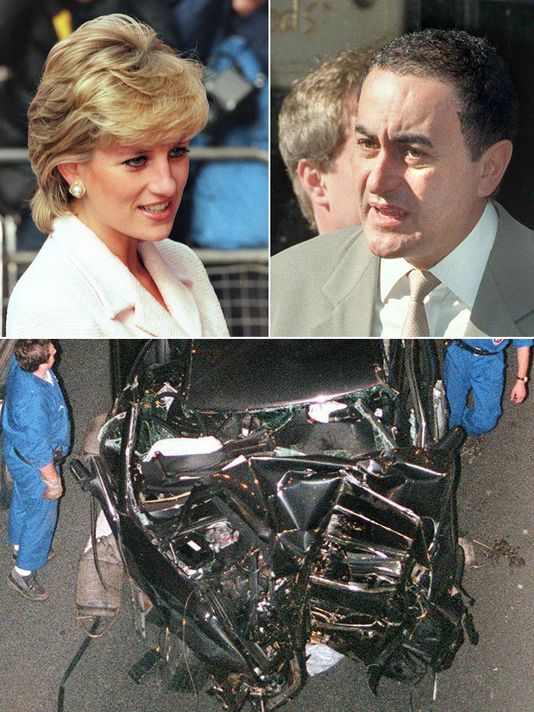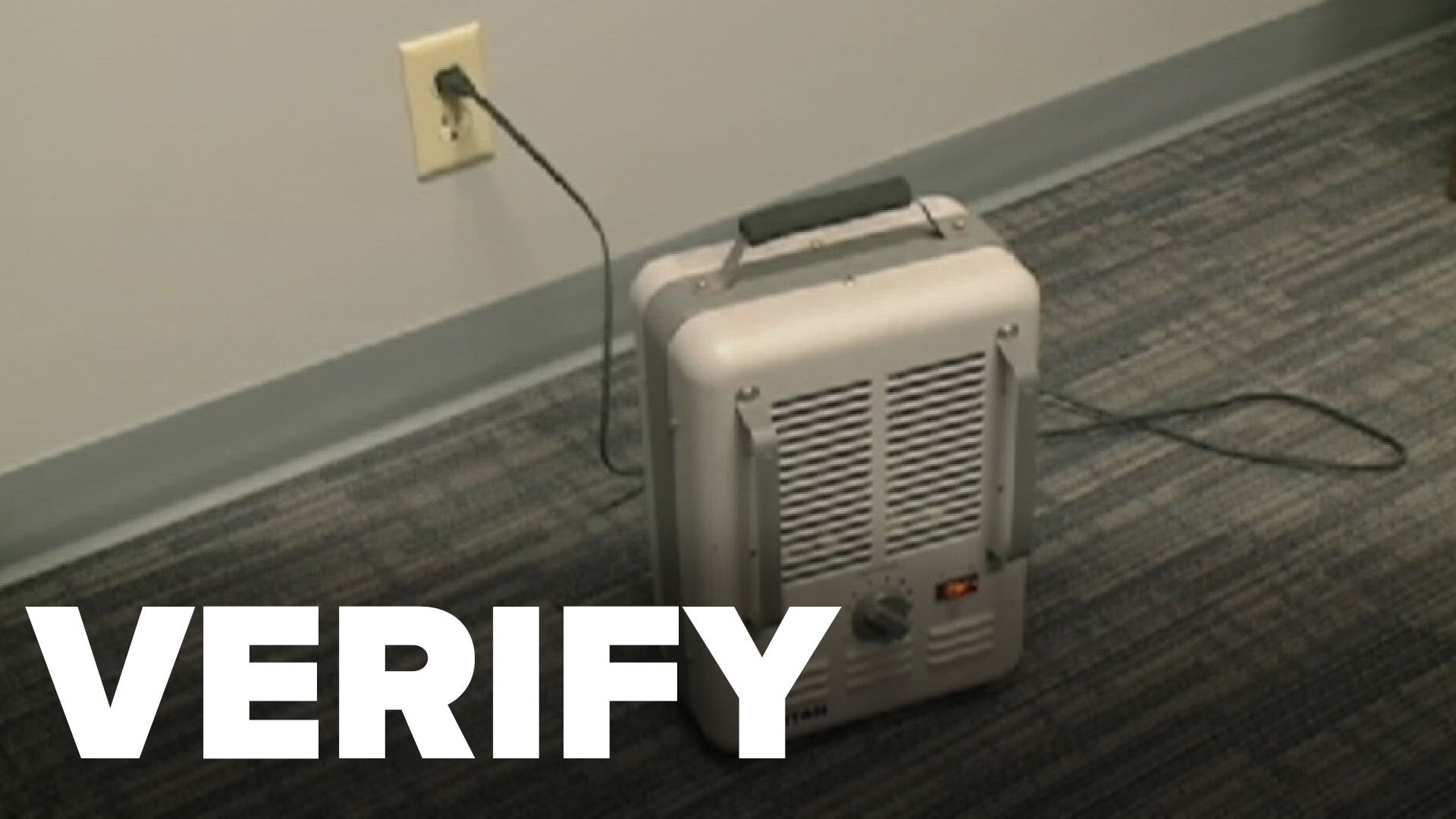Monday marks the 18th anniversary of the death of Princess Diana, who was killed at age 37 in a Paris tunnel along with then-beau Dodi Fayed and their driver on Aug. 30, 1997.
Online news sites were still in their infancy when news of the horrific crash (and Diana's death a few hours later) broke on America's East Coast around 10 p.m. on a Saturday evening, making the incident one of the first big news stories to break on the Web. (Twitter, the source of many of today's breaking stories, wouldn't be around for another nine years.)
Ultimately, an 18-month-long French inquiry ruled that Henri Paul, the security chief at the couple's hotel, was drunk when he lost control of their Mercedes at high speed in the Pont D'Alma tunnel and slammed into a pylon while trying to outrun paparazzi. Investigators also discovered that Diana and Fayed were not wearing their seatbelts.
But in the days and weeks after the crash, the public and celebrities placed the blame squarely on photographers and the media outlets who buy their work.
French prosecutors pursued charges against the photographers who stood at the scene and continued shooting rather than help the injured. Paul and Fayed were pronounced dead at the scene; Diana would die of major pulmonary injuries a few hours later at a nearby hospital. Bodyguard Trevor Rees-Jones survived.
Days after Diana's burial, George Clooney held a news conference in which he lambasted the mainstream media, telling them: "You've deflected responsibility. Yet I wonder how you sleep at night. You should be ashamed! I watch as you scramble for high ground, take your position on CNN saying there is a market for this and you are just supplying the goods." He begged those present, "Do not purchase your news. Do not use tabloids as a source. You define the difference between tabloid and legitimate news."
What, if anything, has changed in the nearly two decades since Diana died? It certainly informed the way Buckingham Palace handled press demand for her sons afterward, especially for William's own growing family in recent years. But the tabloid business has continued with little in the way of effective legal restrictions. California passed the nation's first anti-paparazzi law in 1998, but it applied only to photographers trespassing on private property and did little to protect celebrities out in public. Sites such as TMZ still break stories and are used as sources by mainstream outlets. Zoom lenses got only more powerful, allowing photo agencies to sell better shots. Celebrities learned that their most effective weapon was the pre-emptive photo release or a boycott of news outlets who buy paparazzi photos.
But one look at your supermarket checkout aisle provides the real score.


